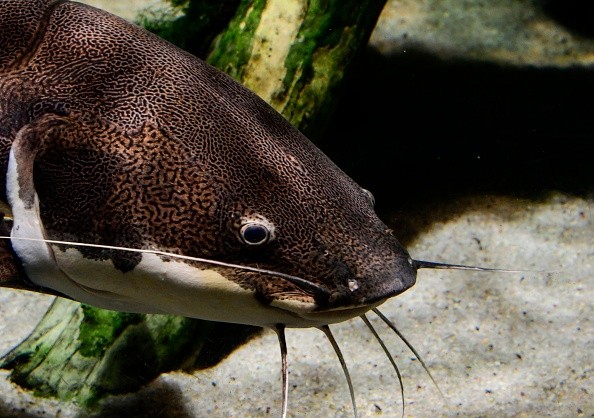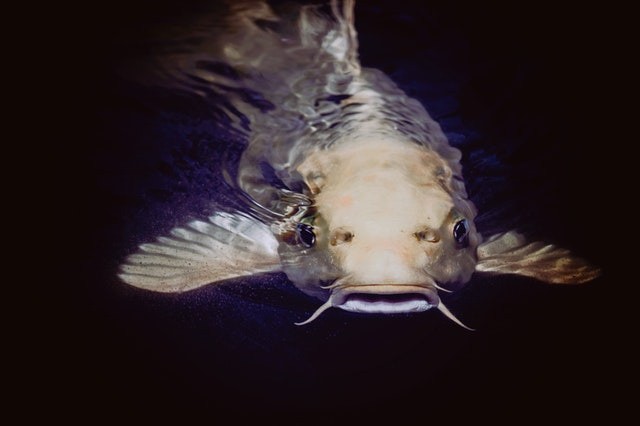Up to a hundred catfish were recently caught in a Texas river. The name of the species that was caught is "suckermouth armored catfish," which is considered an invasive species that may cause long-term harm to the environment.

Discovery of Suckermouth Catfish in Texas Rivers
Originally from the South American oceans, the suckermouth is described by the Texas Parks and Wildlife Department as an aquarium fish that was freed into the wild and is now out of control, according to Miami Herald.
In spite of the fact that the armored catfish is a long way from home, it has flourished in Texas waters, threatening the state's natural ecology.
In a public park, a team of researchers from Texas A&M and Texas State University recently retrieved 406 suckermouth armored catfish, often known as plecos, from the river.
According to TPWD, "Information collected from these fish will help managers to better understand how to effectively control this invasive species."
According to the Texas Parks and Wildlife Department, the suckermouth's other problem is that it likes to dig burrows in banks and this act can lead to "erosion and bank destabilization."
According to Cool Green Science, a blog operated by The Nature Conservancy, aquariums are home to the algae-eating fish, which can be seen scavenging the green plant debris it craves from rocks, miniature decorative diving divers, and the tank's walls.
Swarms of suckermouth fish have been reported to eat the algae that accumulates on manatees in Florida, where the fish is also invasive. Experts believe this may be detrimental to the slow-moving sea cows.
Due to the suckermouth's reputation as an aquarium cleaner, Texas State University believes it was either intentionally or unintentionally brought into the United States' waters.
Features of Suckermouth Catfish
Protective spines protrude from the suckermouth's tough outer layer. According to Cool Green Science, it can survive outside the water for at least 20 hours and "walk" on land at a speed of 2.3 miles per hour.
Salisbury University researcher Noah Bressman told the publication that these characteristics make for a hardy fish that can jump from one body of water to another. It is not uncommon for birds to drop suckermouths after snatching them, as opposed to swallowing their spines and armor.
A lot of the time, the bird just gives up and drops the pleco. He told Cool Green Science that "it can be a significant distance away from where they got it." After surviving the fall, the fish might wander for hours until it came across a body of water.
According to Texas State University, the fish can also be found in Florida, Nevada, and perhaps Wisconsin.

Environmental Effects of Suckermouth Catfish
A combination of suckermouth catfishes's big size and high population densities make them a serious threat to native fish populations and aquatic environments in the United States.
Due to suckermouth catfishes' grazing on benthic algae and detritus, aquatic insects commonly consumed by North American stream fish have less food and shelter.
A change in substrate size or sediment suspension can occur as a result of feeding on mud and soil.
Related Article : Angler Caught Rare Bright-Yellow Catfish in Netherlands Lake
For more news, updates about catfishes and similar topics don't forget to follow Nature World News!
© 2026 NatureWorldNews.com All rights reserved. Do not reproduce without permission.





